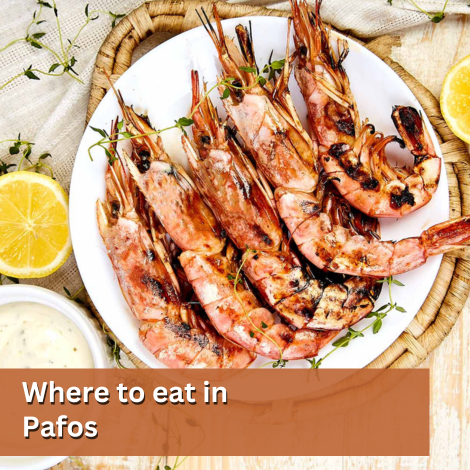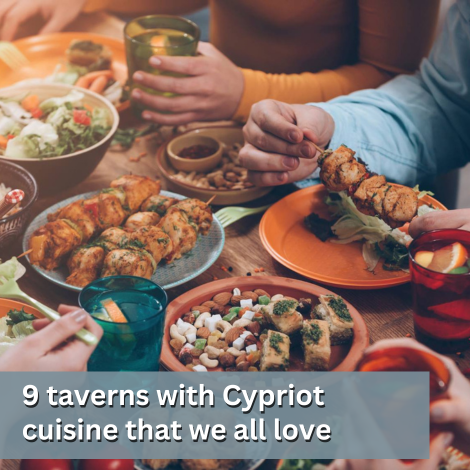Cypriot Asparagus (Agrelia)
Differences of black (ovria), white and cultivated
Agrelia (wild asparagus as they say in Greece) is a native spring plant - herb - vegetable.
The tree resembles a large barbed bush growing up to 2 - 2.20 meters.
When the winter rain hydrates the soil, tender shoots of Asparagus pop up. They usually grow under a warm climate, and they need a fertile ground with good drainage.
There are two types of asparagus in Cyprus, the white and black (Ovria). Ovria is not prefer by Cypriots although some people eat it. White wild asparagus is more erect, with stiff and tight tops and has a strong flavour with more pleasant bitterness.
The cultivated asparagus which you can find at the same time in the markets is very expensive. As you can see in the photo below the cultivated is thicker than the wild.
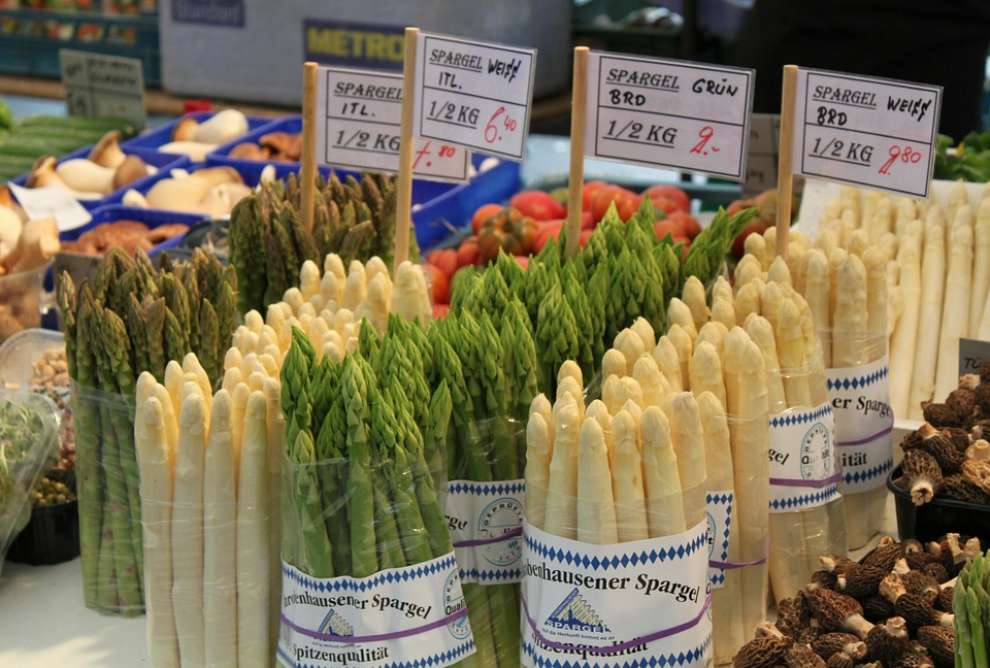
So why not go out in the fields and enjoy this experience personally. It's always exciting searching for asparagus but always in the hope you are the first there since there's always competition.
Only young asparagus shoots are usually eaten, because when the buds begin to οpen, the shoots quickly become woody and that's why you'll see around the greens shoots with plenty woody ones.
You can find them in clear landscapes or in the fields. The asparagus shrub - (the tree) is huge and the branches are long and spiky like a thick needle, so it is better for you to go with high boots and very casual clothes while being very careful. You do not need scissors since asparagus break very easily.

Therefore if you want to grow your own asparagus you can buy corms.
Before consumning keep them in a glass of water for two to three days or put in the freezer sealed inside a plastic bag, preferably cut into pieces.
Usually in Cyprus we fry asparagus with eggs, but if eaten raw in salad or alone you will get 30% to 40% more vitamins. Be careful to fry to always fry the soft and not the hard parts of asparagus.
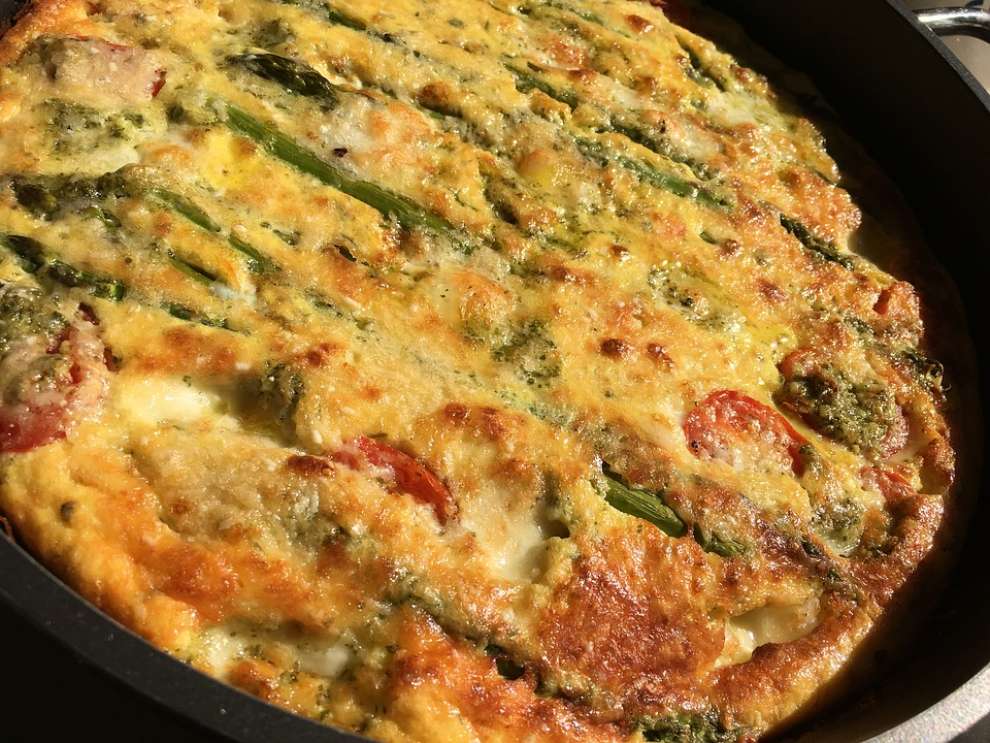 When consumed it will cause a strong and unpleasant odor in the urine, so don't panic since certain compounds in asparagus are metabolised to yield ammonia and several degradation products containing sulfur, including various thiols and thioesters
When consumed it will cause a strong and unpleasant odor in the urine, so don't panic since certain compounds in asparagus are metabolised to yield ammonia and several degradation products containing sulfur, including various thiols and thioesters
Asparagus is low in calories and very low in sodium. It is a good source of vitamin B6, calcium, magnesium, and zinc, and a very good source of dietary fibre, protein, beta-carotene, vitamin C, vitamin E, vitamin K, thiamin, riboflavin, rutin, niacin, folic acid, iron, phosphorus, potassium, copper, manganese, and selenium, as well as chromium, a trace mineral that enhances the ability of insulin to transport glucose from the bloodstream into cells. The amino acid asparagine gets its name from asparagus, as the asparagus plant is relatively rich in this compound.
They also have a diuretic effect, fights cellulite.

Prickly Pear in Cyprus

 English
English
 Ελληνικά
Ελληνικά Русский
Русский
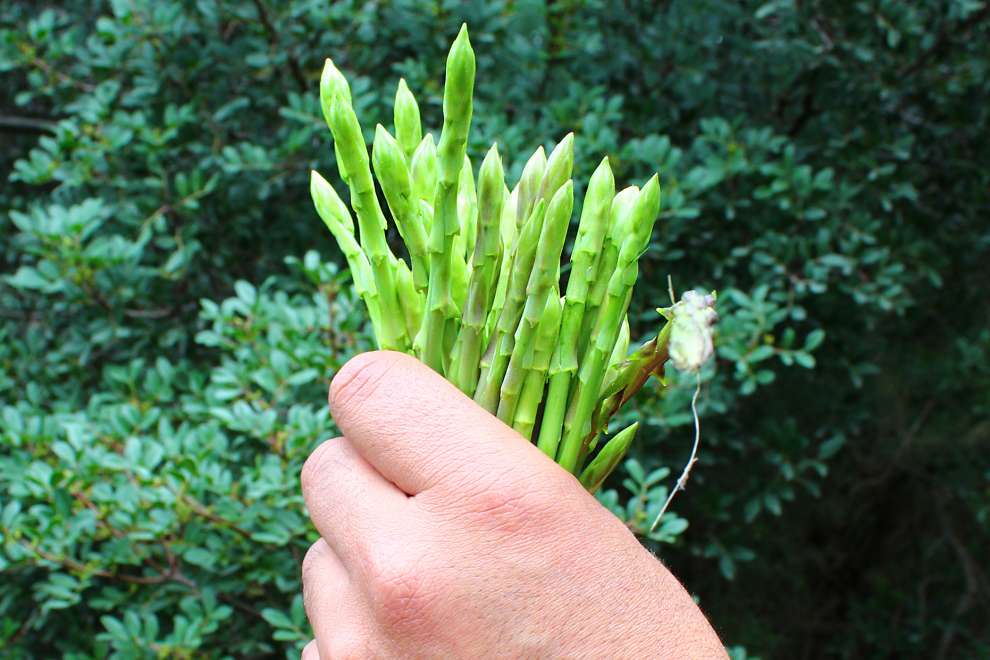
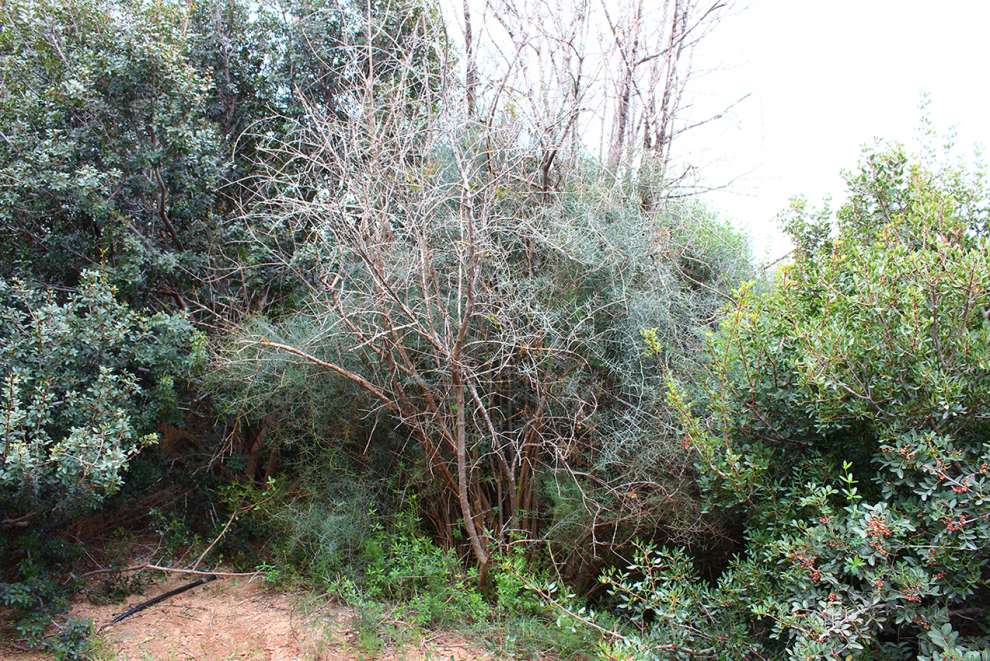
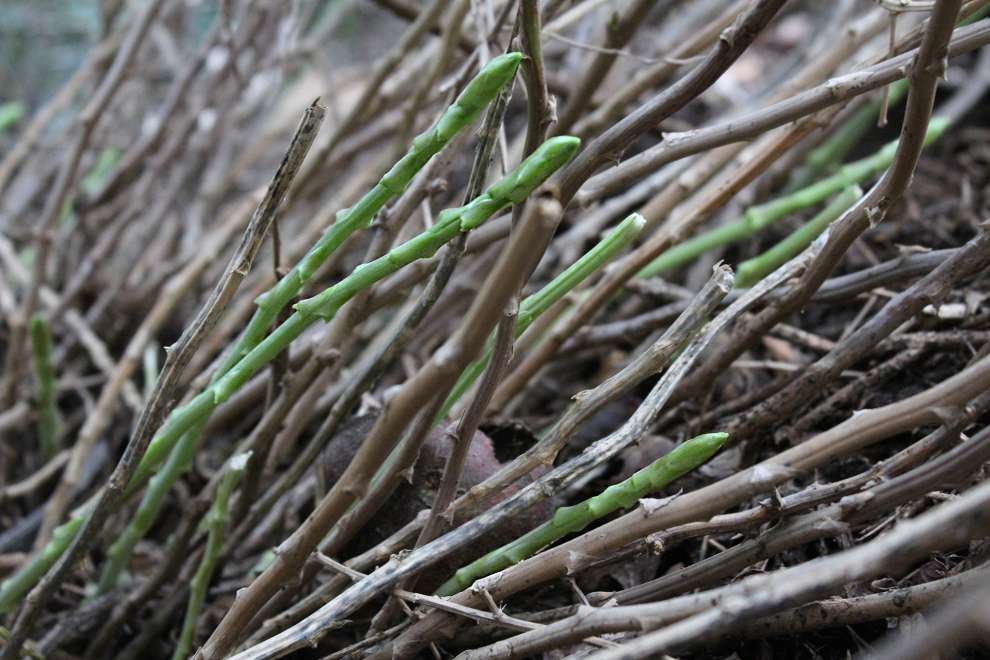
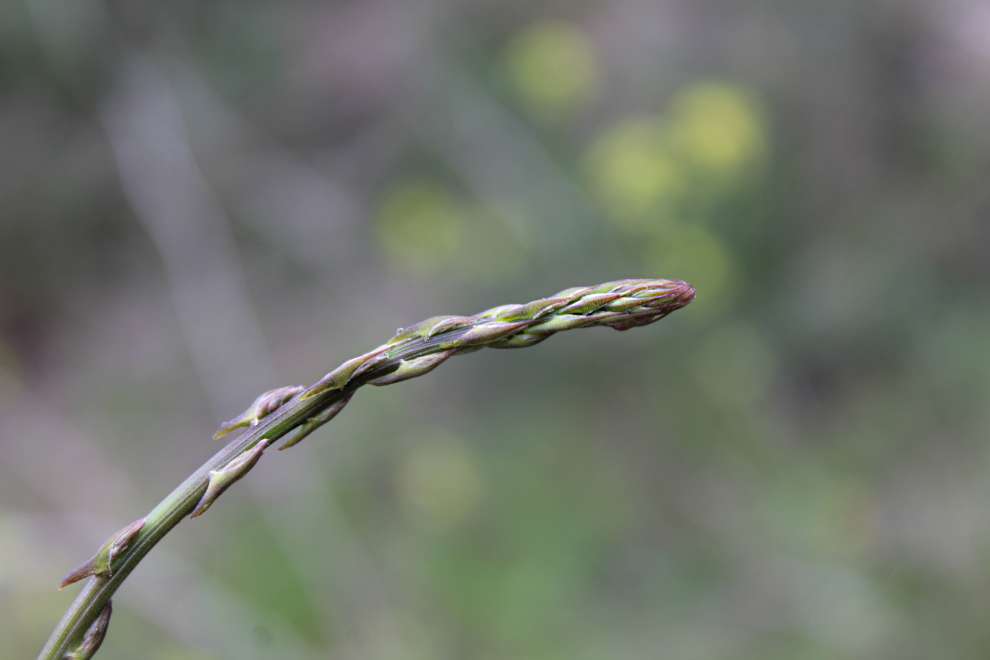
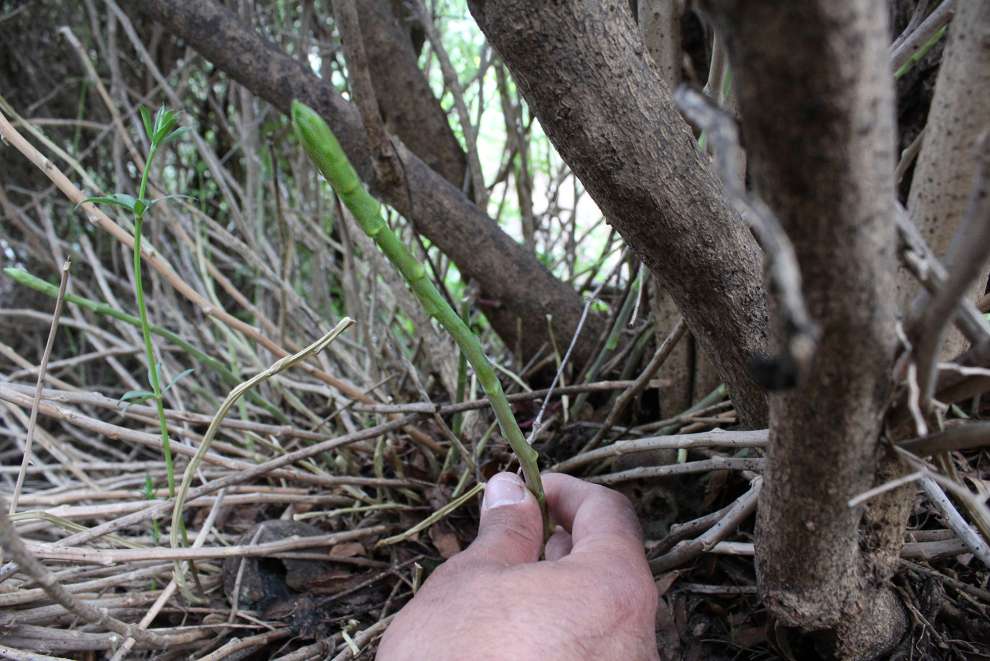
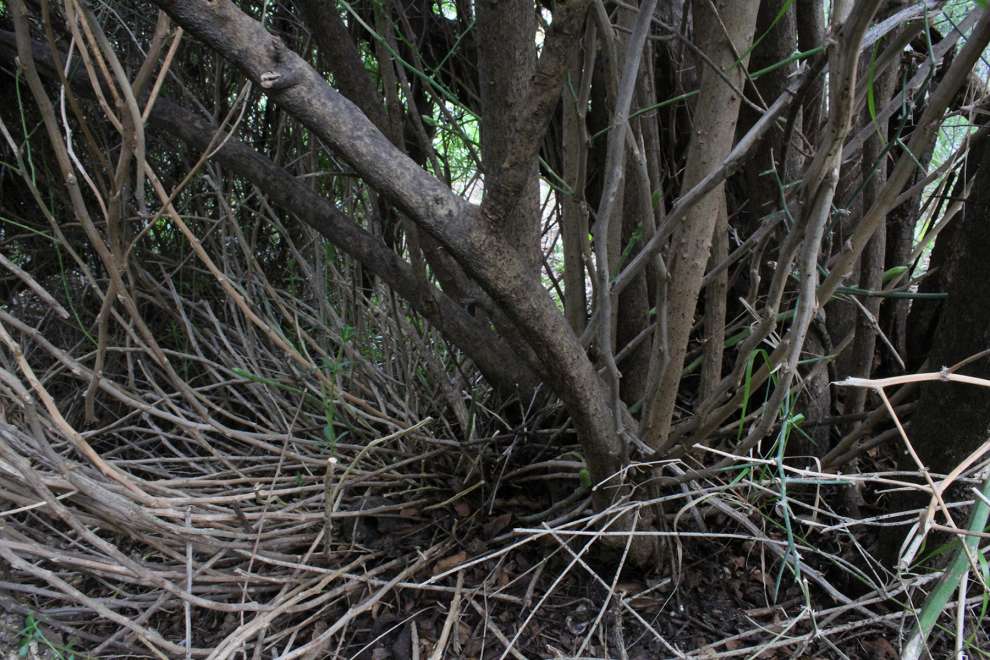
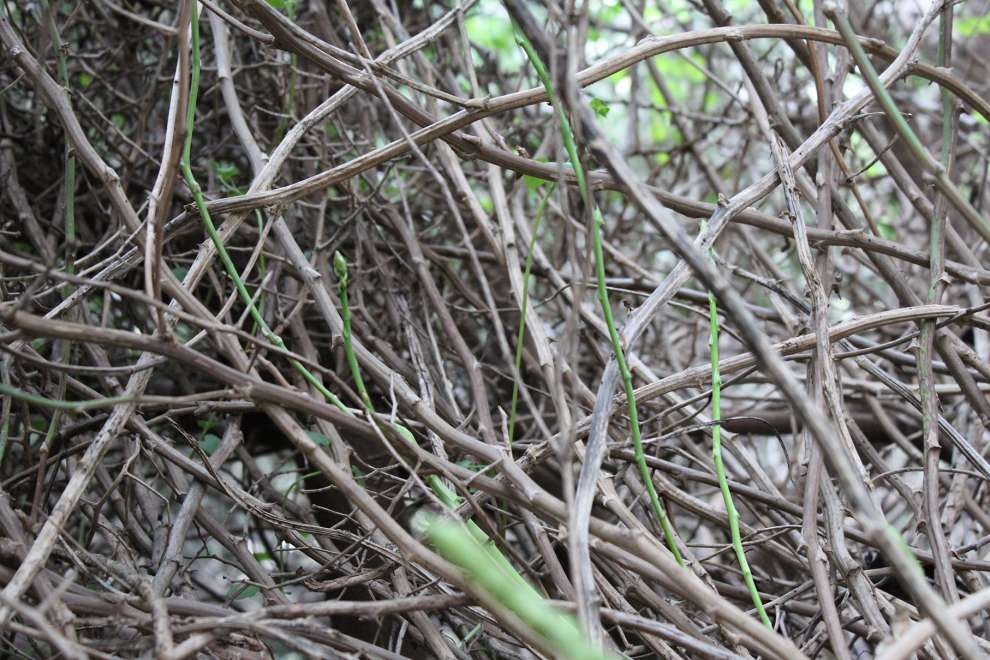
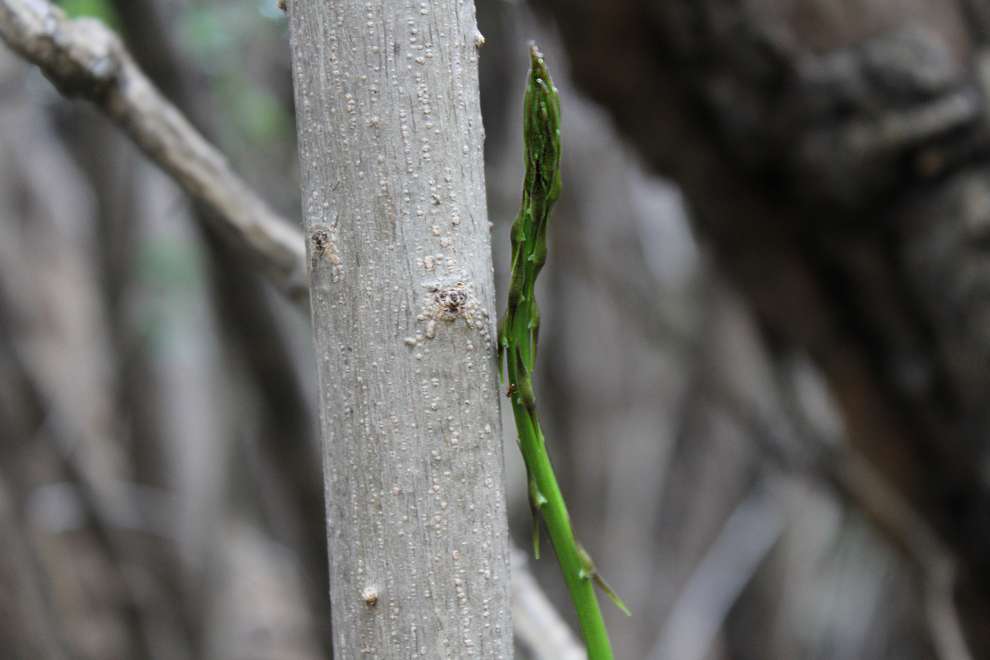






















 Posted by
Christina Nicolaou
Posted by
Christina Nicolaou

